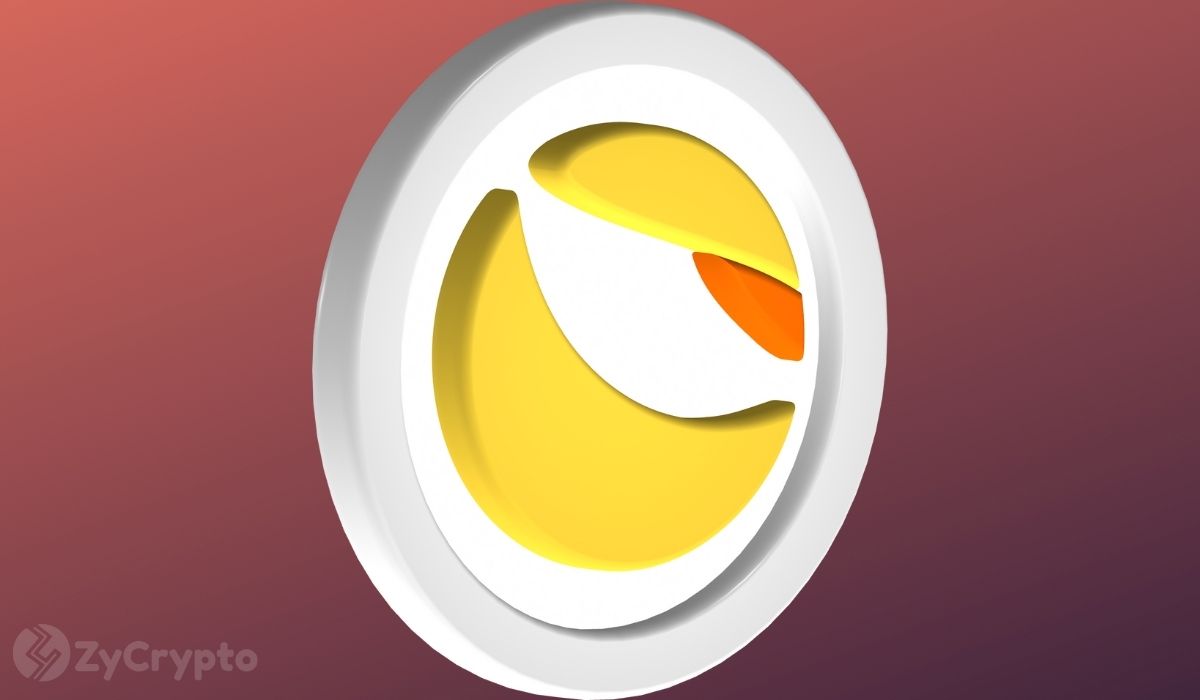
[ad_1]
 
 
- Ethereum’s founder has shared two ways for investors to tell if an algorithmic stablecoin is sustainable in the long run.
- His theories are coming on the heels of TerraUSD (UST) de-pegging from the dollar and the regulatory thunderstorm that followed.
- He noted that algorithmic stablecoins are inherently risky despite meeting the laid down benchmarks.
Stablecoins are having the roughest patch in their entire existence with investors viewing the asset class with skepticism. Amid the uproar, Vitalik Buterin has proffered two thought experiments to help investors gauge the risks associated with algorithmic stablecoins.
All hope is not lost for algo stablecoins
In a blog post titled “Two Thought Experiments To Evaluate Automated Stablecoins”, Ethereum’s co-founder Vitalik Buterin offered a ray of hope for algorithmic stablecoins. Buterin’s post focused on Reflexer’s RAI stablecoin because it wholly relies on algorithms to set the peg and not fiat currencies or other cryptocurrencies.
The first question for investors to ask about a stablecoin is “can the stablecoin safely wind down to zero users?” For Buterin, the event of market activity for a stablecoin dropping to zero should not be a fatal blow for investors. Instead, users should be able to get a fair value for their assets.
Buterin notes that this was not the case with Terra as the network relies on LUNA, which he calls a “volcoin” or volume coin to maintain the asset’s peg. Buterin painted Terra’s tragedy as caused by hyperinflation from printing lots of volcoins.
“First, the volcoin price drops,” writes Buterin. “Then, the stablecoin starts to shake. The system attempts to shore up stablecoin demand by issuing more volcoins. With confidence in the system low, there are a few buyers, so the volcoin price rapidly falls. Finally, once the volcoin price is near-zero, the stablecoin to collapses.”
 
 
Can the stablecoin track a basket of assets that climbs 20% per year?
Buterin noted that for algo stablecoins to pass the test, they should be able to peg to “a basket of assets, a consumer price index, or some arbitrarily complex formula.” If the stablecoin is tracking an index fund that appreciates 20% annually, Buterin states that the stablecoin would either turn into a Ponzi scheme that will implode on users or charge a form of negative interest.
“It charges some kind of negative interest rate on holders that equilibrates to basically cancel out the USD denominated growth grate built into the index,” he wrote. Buterin argues that RAI has the potential to charge negative interests but UST does not have that capability.
He notes that negative interest rates can be achieved by having a “floating target that can drop over time if the redemption is negative” or by having balances that drop in the future.
Buterin concludes the essay by stating that even if a stablecoin passes this test, there might still be underlying issues like bugs, and governance issues that threaten the survival of the project. However, “steady-state and extreme-case soundness should always be one of the things that we check for,” he wrote.
[ad_2]
Source link
